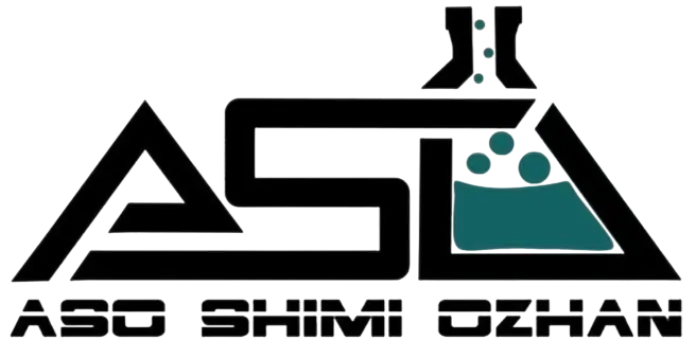| UV curing technology |
|---|
Ultraviolet (UV) curing technology is a photochemical process by which UV energy is used to instant polymerization process and make a crosslinked network (harden or cure) of products. UV technology gives many advantages over conventional heat- and air-drying methods, including faster curing speed, higher quality (scratch, chemical resistance, adhesion, and bond strength), less environmental pollutants (solvent-free), energy saving, and faster production rates. The most important UV products include UV Adhesives, UV printing inks, UV coatings etc.

| UV printing inks |
|---|
UV curing inks make higher efficiency, increase quality and cost-effective production in the printing industry. There are broadly used for printing on flat substrates such as wood, glass and metal. The advantages of UV printing inks are listed as follows:
Instant drying of ink at different printing speeds
Ability to print on hard and soft materials such as PVC, aluminum, Plexiglas, glass, wood etc.
High flexibility and crack resistance
Low odor and environmentally friendlyHigh resistance to alcohol and scratches
Durability more than 3 years in outdoor
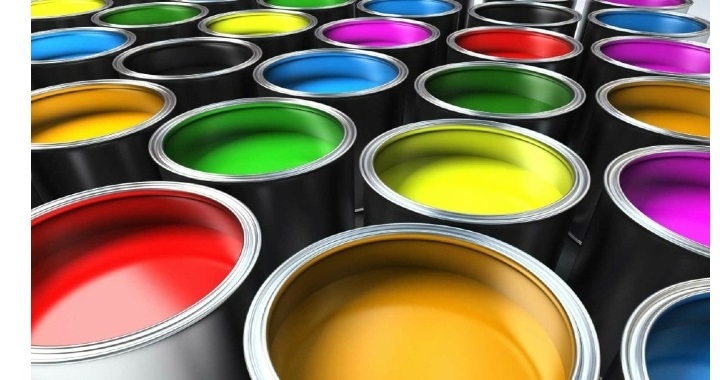
| UV coatings |
|---|
The use of UV technology in the coating industry has increased significantly in recent years due to fast curing and consequently high production rate, low total cost, one-component formula instead of conventional two-component systems, very high shine finish, high hardness, good abrasion resistance, good flexibility, weather-resistance and good adhesion. The most popular uses for UV Coatings are as below:
UV varnish coatings on printed sheets are mainly used to achieve specific visual effects. Coating also plays a protective role against moisture and scratches. They can give a glossy or natural effect to printed paper, and can be used to highlight a specific image selectively. Using of ultraviolet light as a technique for drying printed surfaces began in the 20th century. The reasons for using UV cure technique to coating printed products over common methods includes:
Fast drying time with UV light exposure (in seconds)
Minimize the amount of detailed product backlog items
Good scratch resistance
High clarity, very glossy and shiny
Environmentally safe (volatile solvent-free)

UV Coatings are used to filling stone cavities with the aim of solidifying and increasing the appearance quality. UV stone mastic have high glossy, transparency, chemical and mechanical strength. Using UV curing technique in stone coating is increased rapidly due to being one-component and higher curing speed. Special formulations are offered according to the type of stone with the ability of non-yellowing, high adhesion and good mechanical properties with special effects like matt finish, sand finish, grain finish and leather finish.
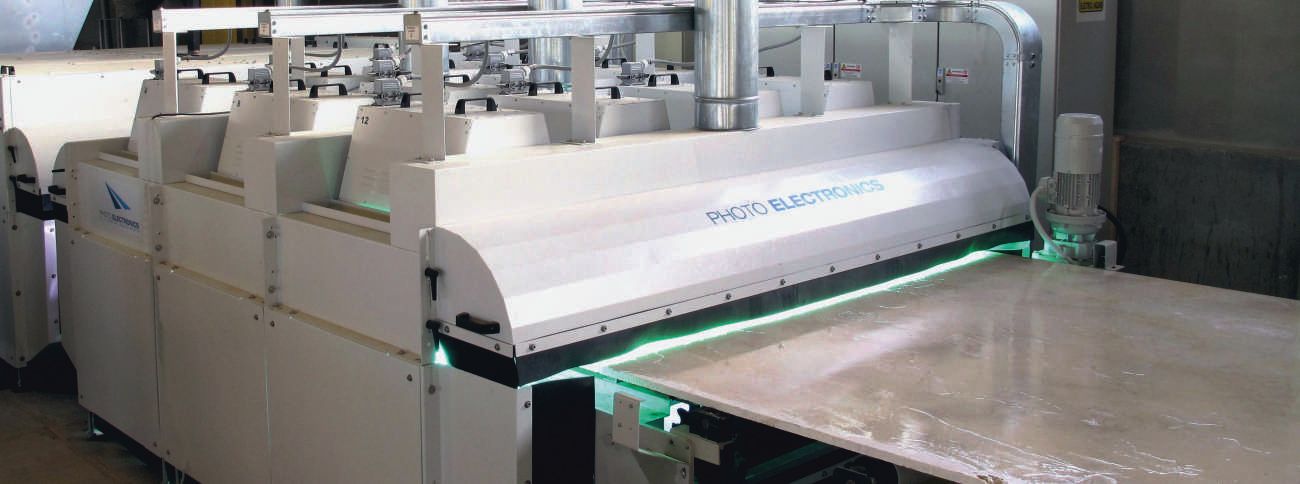
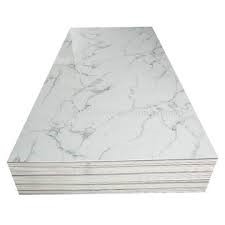
UV coating is easily applied on a variety of surfaces, including PVC sheets and wood. The unique properties of this coating type like being waterproof, scratch resistant and glossy has led to significantly increasing use of UV curing technology in the flooring coating industry. Besides, they could be formulated into glossy, matte or colored according to the customer's needs.
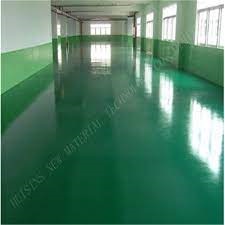
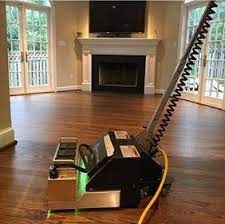

| UV Adhesives |
|---|
UV curing adhesives are polymer-based materials composed of oligomers, monomers, photoinitiators, and additives. When UV curing adhesives are exposed to the UV light, it can form a strong bond to many substrates such as glass, plastics, metal, rubbers and ceramics substrates. This type of adhesives has high transparency, good chemical resistance, not yellowing over time and high curing speed, which make their use preferable than the other adhesives. The industrial application of UV curing adhesives began in the early 1970s. With improvement of mechanical and adhesion properties with using other oligomers such as epoxy acrylates, urethane acrylates, ester acrylates, and etc., high quality products were introduced to the market. In the recent decades, various types of UV curing adhesives have been developed to bond various substrates. Each of these products has different formulations, viscosity and components (oligomer, monomer, initiator, and additives) according to its type and application. These products are currently used in a broad range of industries such as glass-tableware items production industries, medical, optical and electronics industries, manufacturing of laboratory equipment, windscreen repair, and decorative objects and jewelry. Some of the most popular uses of UV curing adhesives are listed below:
Due to transparency and high stability, light curing adhesives are suitable for glass and metal bonding in glass-tableware, decorative objects and jewelry application.

UV curing adhesive uses in architectural items such as glass balconies and staircases due to yellowing resistance, vibration and thermal resistance and large area bonding ability.

UV curing adhesives using in medical devices such as syringes, serum facemasks and breathing circuits due to flexibility, volatile solvent-free and fast curing time.
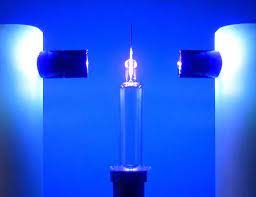
In the automotive industry, UV curing adhesives applied in assembly processes like headlamps and seat belt monitoring switches etc.

UV adhesives are broadly used in the electronics industry such as assembly, bonding, sealing, encapsulating, and insulating coating due to low operating temperature (used for temperature sensitive components) and fast curing time. These types of adhesives are also used in optical materials like flat panel display, touch screens and lamination.

